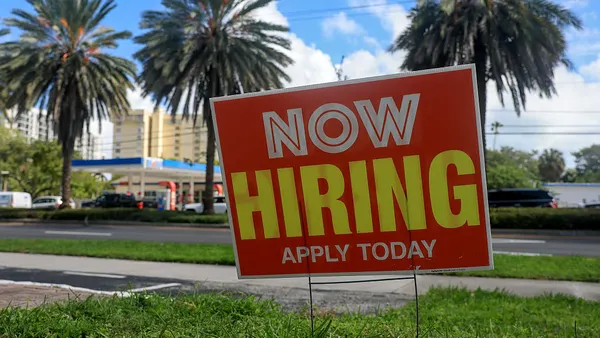Dive Brief:
- About one-third of IBM's overall workforce, or 130,000 people, is now in India, reports the New York Times. The legacy tech provider has more employees in India than any other country, including the United States. Since 2007, its Indian workforce doubled while its American workforce downsized.
- Many other major tech companies capitalize upon the Indian workforce but often in far fewer numbers than IBM. Oracle comes in second with only 40,000 employees in India and Dell in third with 25,000 employees.
- The IBM Indian workforce is responsible for a range of projects including software creation, artificial intelligence research and traditional computing management for customers like AT&T and Shell, according to the report.
Dive Insight:
IBM's revenue has been dropping for 19 continuous quarters as the company tries to find its place in the modernization market with cloud development, cybersecurity and data analytics. IBM's Q2 revenue dropped by about 5% to an estimated $8.41 billion, but the hiring of international workers, especially in India, helped keep costs down.
Criticism from the Trump administration prompted IBM CEO Ginni Rometty to announce plans to hire about 25,000 American workers over a four year period with a $1 billion training investment. Rometty said skills can sometimes outweigh a college degree, and Indian workers are paid one-half to one-fifth the size of American workers' salaries. About 40% of CIOs say current salary demands are a top barrier in the hiring process.
The Trump administration signed an executive order in April to reduce H-1B visa grants, which India-based employees are the largest holders of. Many criticize the program for taking away jobs from the American market. IBM was the sixth largest company to acquire the visas in 2016, according to the report.
Still, international employment is seen as more than just a cost function. India-based software developer Infosys continues to bring jobs to the U.S. despite the unreliable state of the H-1B visa program. Infosys sees opportunities in global talent and is reliant on cloud-based American knowledge.













